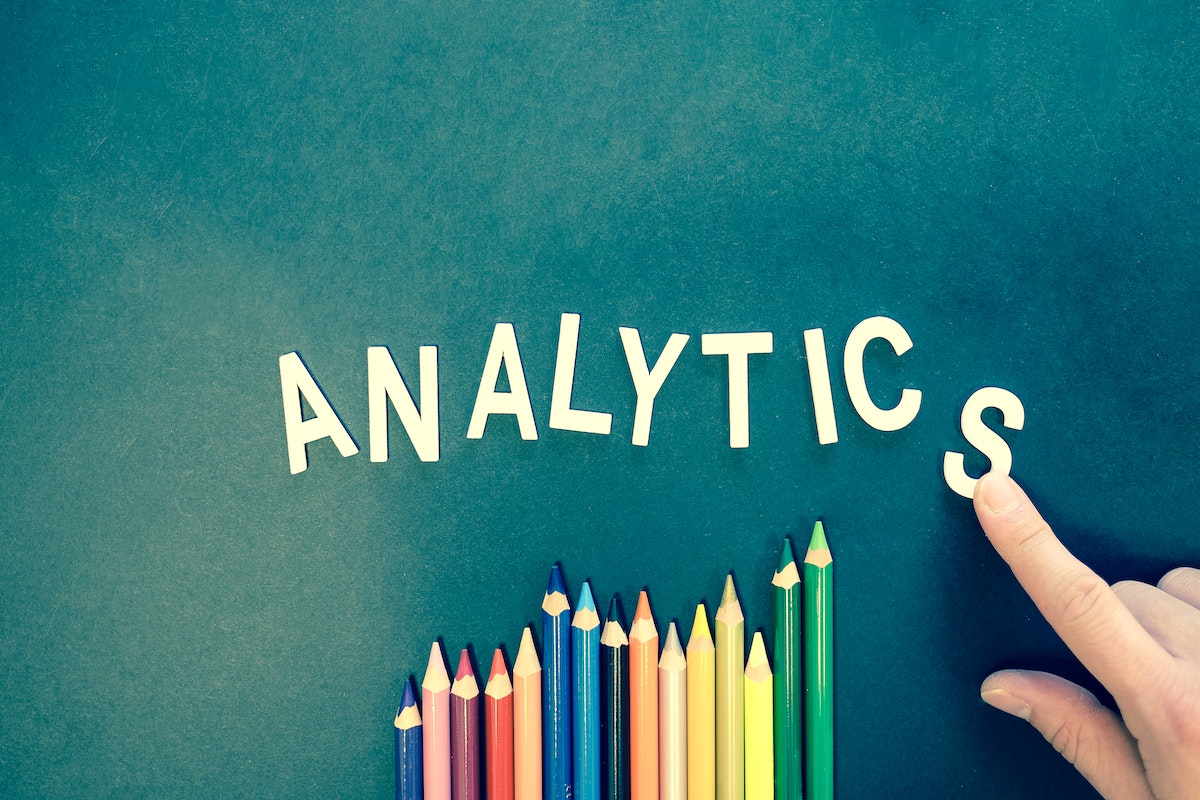One of the most people-focused areas of any corporation, human resources is constantly adapting and trying new things in the name of business growth. Because of technological advancements, human resources are now focused on efficiently managing their employees’ information and profiles. Information-based methods of uncovering trends, estimating expenses, monitoring performance, and exploring new opportunities to give crucial insights and enable informed decision-making are now fundamental to fostering long-term business growth.

Human resources, in the eyes of most, is a people-focused department. Human resource analytics (HR analytics) helps dispel the myth that the HR department has no function beyond offering and orienting recruits. When appropriately applied, analytics can revolutionize the HR function by providing valuable insights that boost the team’s performance and effectiveness, thus increasing the company’s bottom line.
This manual is intended for those who wish to begin working with HR analytics.
What is Analytics & HR Analytics?
Analytics interprets data patterns to help decision-making and performance. HR analytics measures how HR parameters like time to hire and retention rate affect corporate success.
Strategic decisions enable successful business solutions. HR Analytics is a data-driven strategy that improves HR decision-making. Using HR Analytics data helps HR directors identify practices and areas for development.
Are you planning to start HR analytics?
HR analytics course covers its definition, measurements, importance, and required data.
HR Analytics’ Importance
The function of a recruiter has changed significantly over time. Previously, they had to fill positions left open by employees leaving or being promoted. A recruiter’s importance has grown in the modern workplace. The increased interest in hiring qualified individuals contributes to the fiercer battle for talent. Employees that consistently deliver above-and-beyond results know their worth and conduct cost-benefit analyses before committing to a single employer.
A job search is now an annual event, not just something you do every two years. The advent of smartphones has led to an increase in people looking for work, even when they are not in the office. Finding and keeping good employees is challenging. Modern human resource management systems (HRMS), all-encompassing recruiting software (CRM), talent management systems (TMS), and application tracking systems (ATS).
HR analytics and data-driven recruitment are two outcomes of the widespread adoption of HR technology. You can apply these techniques to information gathered from HR technology systems like Applicant Tracking Systems and Recruitment Management Systems. As a whole, HR Technology has given recruiters access to previously unrealized or overlooked opportunities.

HR Analytics’ Business Value
- HR analytics helps find valuable employees. HR workers who apply it can affect a company’s performance.
- Effectively using HR analytics makes your firm more strategic and drives long-term economic benefits.
- Descriptive, predictive, and prescriptive HR metrics and analytics reports reduce employee attrition/churn.
- Analytics can help companies reduce staff turnover and boost retention.
- AI and automation increase hiring and virtual onboarding.
- Virtual training and upskilling improve talent processes.
- HR analytics increase employee productivity through performance management, succession planning, and career development.
- HR analytics improve data security, openness, and accessibility, boosting employee trust.
- Improves HR performance by monitoring employee pain points
Here Are Three Places Where HR Analytics Might Be Helpful:
Effectiveness and Productivity
Metrics are used in HR analytics to assess the efficacy of various initiatives to boost worker productivity and satisfaction. Acceptance rates, staff happiness, and the quality of applications received are all possible metrics. Your progress can be tracked, allowing you to adjust your strategies as necessary for optimal resource utilization.
A good example is how the epidemic mandated remote work policies worldwide. Many start-up businesses realize the need to measure the contribution of remote workers to overall success. HR analytics helps assess the repercussions of remote work on all parties involved.
Leverage Employee Satisfaction
In recent years, employee experience has grown crucial. Many companies are attempting new retention and turnover methods. How do you boost employee satisfaction and morale?
HR analytics monitors employee satisfaction and experience through cooperation and engagement. It helps your HR team analyze policies, benefits, and compensation to discover what needs to be improved.
Combine subjective employee surveys with accurate analytics to understand employee satisfaction. Your HR team and managers will learn what motivates your employees and how to improve their work experience and productivity.
A simple office might bring about change. Data on how your staff performs best can help optimize office space planning. HR analytics may improve remuneration, policy, recruitment, and employee retention.
Reduce Employee Turnover
One of the keys to predicting when employees would contemplate leaving is identifying the first signs of disengagement among individuals and teams, such as a decline in collaboration or other negative behaviors. Changes in behavior, significant life changes, increased sick days taken, poor performance ratings, and you may also sign other comparable variables.
Improve retention rates by taking preventative measures with the help of HR analytics. HR departments can use this information to intervene and save valuable employees from leaving if they detect they are at risk of leaving. For instance, if analysis shows that employees are more likely to leave because they have had fewer interactions with management-level mentors or because they have not been promoted after a certain period, then management can make adjustments, such as optimizing the right time to offer promotions and establishing more interactions with management to meet employees’ expectations.
Using free applicant tracking systems for employers can streamline the hiring process and lower employee turnover rate.

Aim High
Human resources analytics is a valuable method in the HRM industry. Human resource analytics studies how organizations use employee data to improve their ability to find, hire and keep top people. As a result, HR departments and upper management may make more informed, data-driven decisions that boost productivity and profitability.
While HR analytics is still in its infancy, it is already being seen by several sectors as a tool that will aid businesses during times of crisis and in the present, as companies adapt to a new way of working by adopting remote and hybrid models of employment. It improves management’s ability to make sound business decisions, increases employees’ output, and aids HR in creating a more positive workplace.
The Simplilearn online learning platform can help you future-proof your HR job by providing you with the most up-to-date HR skills.